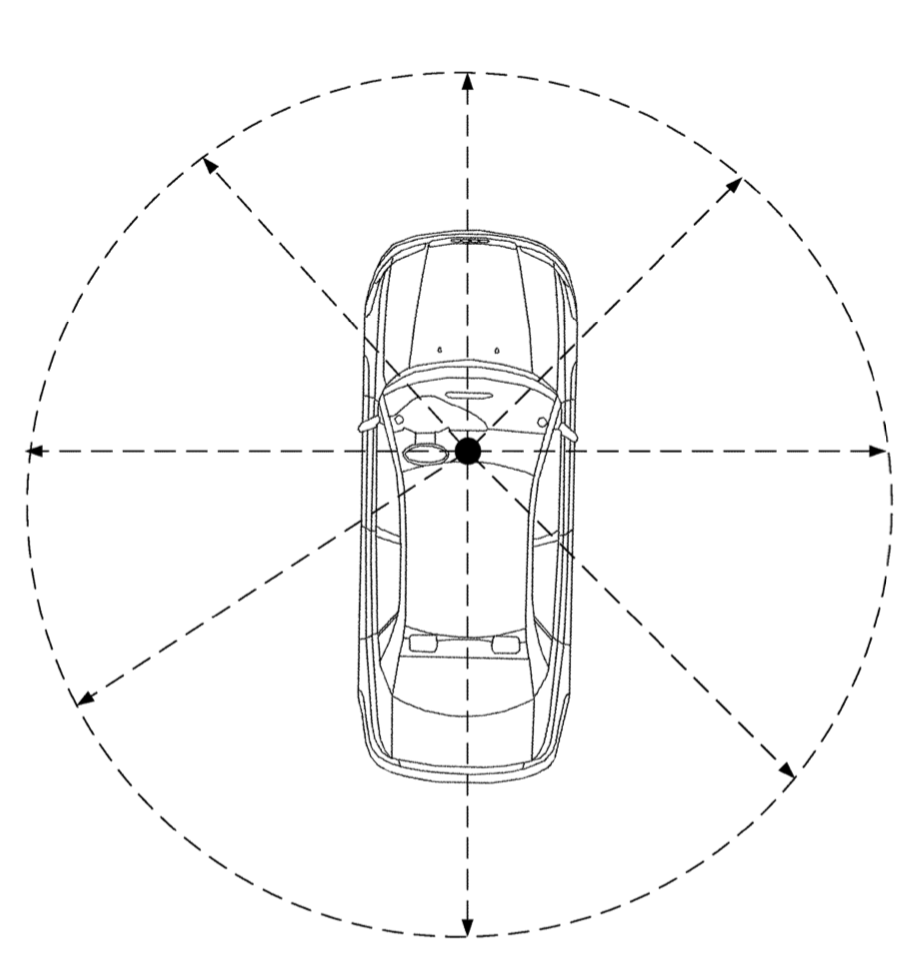A nondisclosure agreement (NDA) is used to impose confidentiality obligations on one or more parties. A NDA is often used when an inventor or owner desires to disclose details about an invention to another party, such as to obtain engineering or design assistance or to explore a possible business opportunity.
But how is confidential information referenced before an NDA is signed? First, let’s look at a case.
Chris Pritchard alleged that he sought to contract with an engineering firm in order to manufacture his dash cam with AI capabilities.

He reached out to Aaron Thompson at Harman Connected Services. Pritchard and Thompson had a phone call where Thompson allegedly told Prichard that “the correct way to go about sharing information and getting started on a future collaborative effort, would be to work up a Non-Disclosure Agreement (NDA).” Thompson allegedly offered to draft the agreement but allegedly told Pritchard that “the proper wording for the NDA would need to include word specific content related to the product.” Based on the alleged representation, Pritchard allegedly shared “very specific proprietary design, technical and AI operations of the product not revealed in [Pritchard’s] patent(s) so that the NDA . . . would encompass all the necessary details for protection of all parties involved.”
Later communication broke off between Pritchard and Thompson. Then Pritchard visited Harman’s website and allegedly discovered “an exact replica of [Pritchard’s] product” that was “complete with literally every item discussed on the phone calls in December 2021, and mimicked every AI operation listed in the patent pending page on the USPTO website.”
Pritchard sued Thompson and Harman for a number of claims including breach of contract.
Pritchard alleged in his amended complaint that an “oral contract was entered on December 3, 2021, at 1:59 p.m., when Plaintiff and Mr. Thompson engaged in a confidential call upon which Plaintiff sought the correct way to go about sharing information and getting started on a possible, future, collaborative effort regarding Plaintiff’s invention.”
The magistrate judge found that this allegation was not sufficient to plausibly establish the existence of a contract. The judge said, “There are no facts that detail an offer, acceptance, and consideration, nor is it clear what was promised by each party under the terms of this alleged oral contract.” The judge recommended that breach of contract claim be dismissed.
It is not necessary to disclose the invention or the confidential information, and it is not disclosed, to prepare a NDA. How the subject matter of the NDA is described will depend on the circumstances, but without disclosing the confidential information. For example, the NDA may identify the general subject matter at a high level such that no confidential information is disclosed.
If the NDA itself discloses confidential information or if the confidential information is disclosed to be included in the NDA, but the NDA never materializes or the other side refuses to agree to it, then the information will be disclosed to the other party without first obtaining a written commitment of confidentiality, which the NDA is supposed to provide. Perhaps one could rely on an “oral agreement” or another cause of action, but that’s risky, and it is a recipe for expensive disputes about what was allegedly agreed, and it might not work out, as occurred in Pritchard’s amended complaint.
One purpose of an NDA is to define the terms and confidentiality obligations of the parties clearly agreed in writing before a disclosure of confidential information between the parties–avoiding the possibility there is no confidentially obligation or nondisclosure agreement at all.
Case: Pritchard v. Thompson, No. 22-cv-2838-JPM-tmp (W.D. Tenn. Aug. 3, 2023) [order adopting Magistrate Judge’s Report and Recommendation]